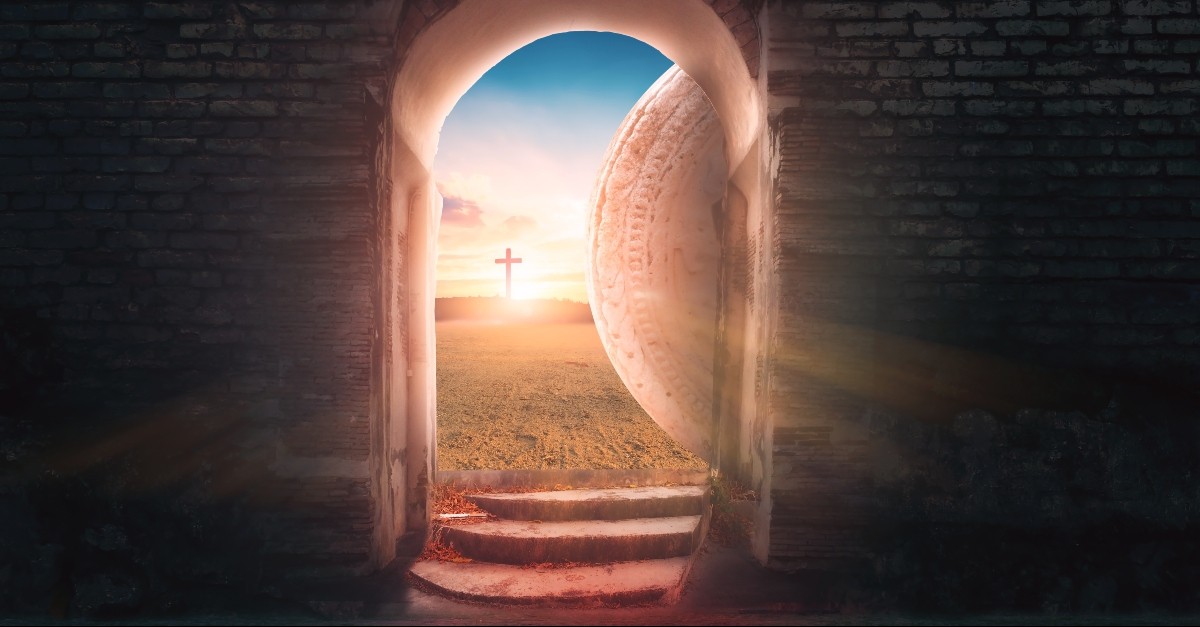“The Easter Bunny came!”
Those words were regularly exclaimed by my sisters and me when we awoke on Easter mornings to find colorful baskets filled with toys and treats. In our young age, we still believed that the Easter Bunny was real – that somehow a large rabbit (probably wearing a waistcoat) magically slipped into people’s houses to deliver goodies to little girls and boys. We held him in the same regard as Santa Claus, who brought us gifts on Christmas.
As a child, I anticipated the gifts and chocolate bunny but did not pay much attention to Jesus’ resurrection. To me, Easter meant a full basket of presents, not an empty tomb. What I heard about Jesus from my mother was drowned out by my enthusiasm for a bouncing rabbit. Then I learned the Easter Bunny was not real. I do not remember the exact age this realization dawned on me, but I remember feeling as if the magic and whimsy had slipped out of the holiday. What was Easter if not a bunny bringing gifts and chocolate?
Not only that, but I felt confused. My parents had told me about the magical rabbit. I had even met him at the mall, though he had terrified me at the time. What purpose did the fictional Easter Bunny accomplish besides giving me fleeting moments of fun that would eventually end in disappointment?
My view of Easter changed when I placed faith in Jesus and understood the true meaning of the holiday. The day became more important than it was before, with no bunnies required. Far more exciting than a basketful of presents was the truth that Jesus was resurrected. Even more than that, His death and resurrection are real and true. The same cannot be said of the Easter Bunny.
Knowing how much the deception of the Easter Bunny can harm children and push them away from Christ, I am strongly against teaching kids about this fictional rabbit. Some parents may have different views or believe their children would enjoy the game of pretending. However, I believe the Easter Bunny causes more damage than benefit to a child’s spiritual growth.
Read on for my five reasons not to pretend the Easter Bunny is real.
Photo Credit: ©iStock/Getty Images Plus/ArtMarie







